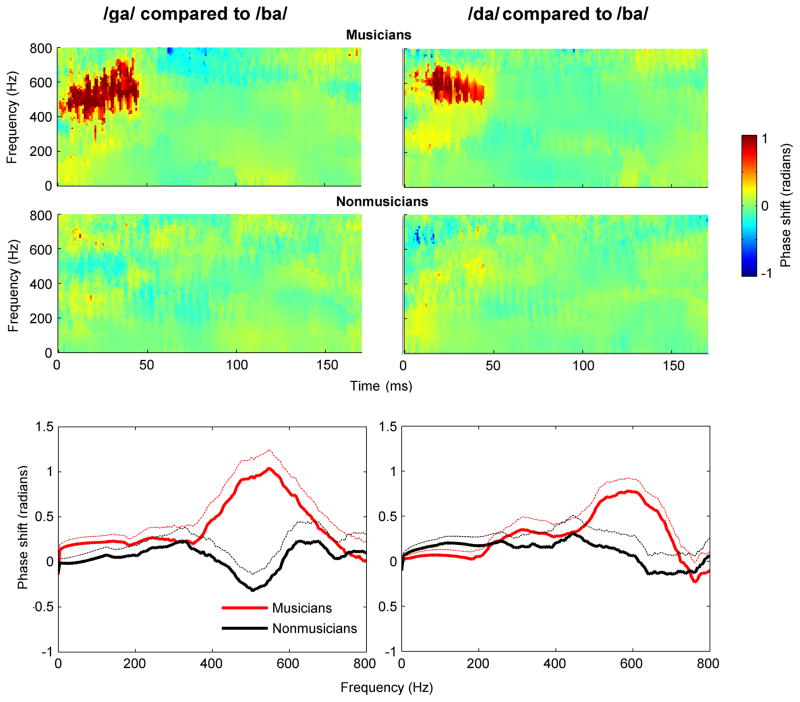Fig. 3. Musicians show greater subcortical differentiation of speech sounds than non-musicians.
The neural timing difference between the brainstem responses to the syllables /ga/ and /ba/ (left) and /da/ and /ba/ (right) can be measured as phase shifts. Warm colors indicate that the response to /ga/ led the response to /ba/; cool colors indicate the opposite. Musicians demonstrate clear phase differences in responses to these syllables during the transition region (top). These phase shifts are considerably weaker in nonmusicians (middle). The average phase shift and standard error over the transition portion plotted across frequency (bottom). Musicians have larger phase shifts during the formant transition than nonmusicians, with the greatest phase shifts occurring between 400–720 Hz.

